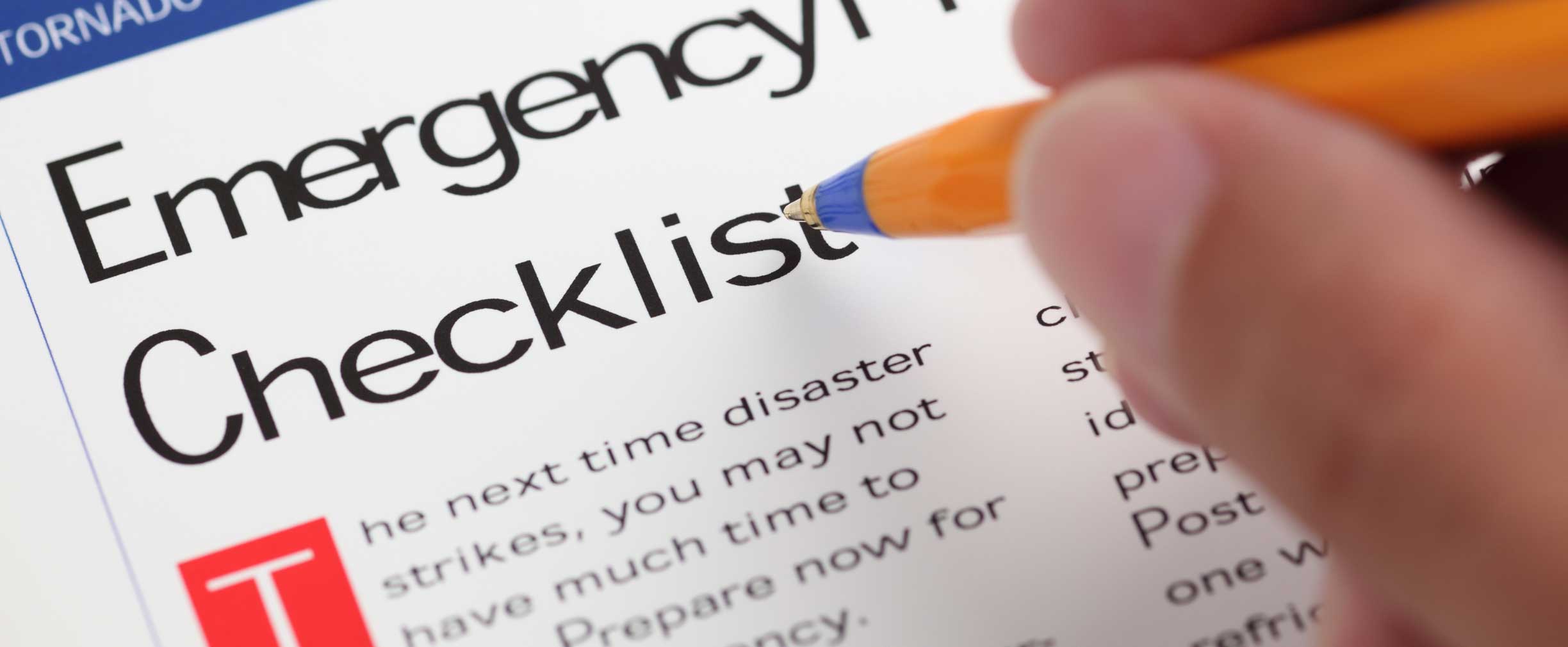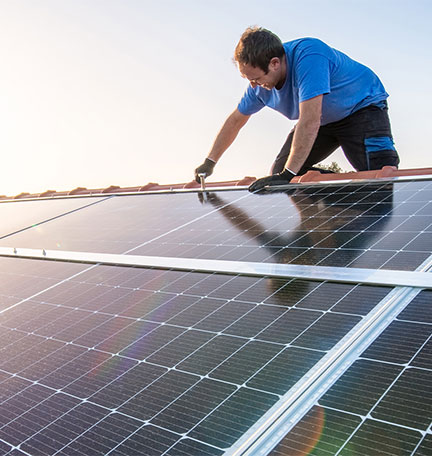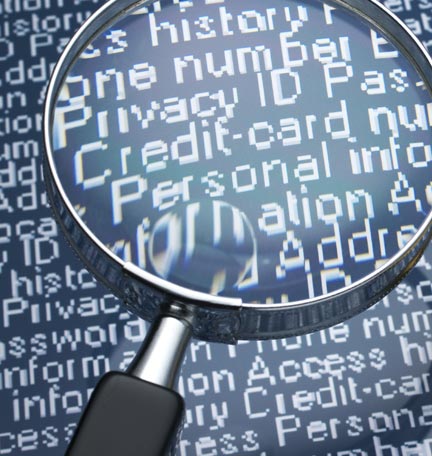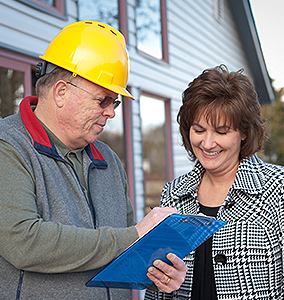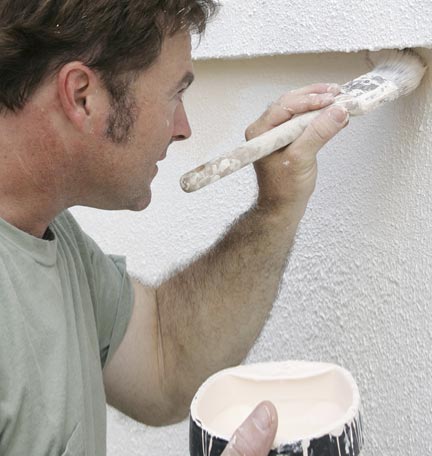Emergencies and disasters can devastate homes and leave families without water, food, electricity, and public services for long periods of time.
Prepare your home and family with these important emergency preparedness tips:
- Review your current homeowners insurance policy to ensure your property and belongings are covered for natural disasters and emergencies.
- Make sure you have an emergency fund to help cover expenses and disasters that your home insurance won’t.
- Create copies of vital documents and paper records including insurance policies, property records, medical information, birth and adoption certificates, passports and citizenship papers. Store the original paperwork in a fireproof lock box or a safety deposit box and keep copies in an easily accessible location in your home and on a secure cloud file storage service.
- Develop an emergency preparedness plan. Make sure your plan includes a meetup location for all members of your household in case you are separated.
- Regularly check all carbon monoxide and smoke detectors to ensure they are working.
- Keep multiple fire extinguishers in your home — one in the kitchen and at least one on every floor of your home.
Weather emergencies require additional planning specifically for a family’s safety. Follow these tips to make sure your family stays safe in the case of a weather emergency.
- Create an emergency preparedness kit to ensure you have the proper supplies in case you lose power and cannot leave your home. If you have pets, make sure you also prepare a kit for them. Kits should include enough food and water to last at least 72 hours.
- Make sure you have enough water for everyone in your household, which may include stocking up on bottled water or filling your own containers of water. FEMA recommends using food-grade water storage containers or two-liter plastic soft-drink bottles for drinking water. You can fill sinks and bathtubs for wash water.
- If you know bad weather is headed your way, charge your phone and other devices you may need, and gather all supplies in a centralized area.
- Understand how the hazardous weather may impact you, your family, and your home. Use more than one method to check the weather and pay attention to local alerts. Prepare to evacuate if necessary. In some cases, it may be safer to stay in your home.
If your home is in the path of a hurricane or other weather-related emergency and time allows, following these tips will help you and your family prepare your home for a safe evacuation.
- Protect your home by closing, locking, and shuttering windows and doors.
- Unplug electrical devices — with the exception of your refrigerator and freezer — and small appliances before leaving.
- Bring your emergency supply kit and important documents. Most of your possessions can be replaced.
- Leave a note posted to your home detailing the time of your departure, your destination, and a contact phone number.
- Prepare for road congestion and familiarize yourself with recommended evacuation routes. Be vigilant of hazards — including flash flooding, washed-out bridges, and downed power lines — during your evacuation.
Being prepared before disaster strikes can help ensure your family and property are protected. If your home is damaged or destroyed in a storm, make sure you know the steps to take after a disaster.


